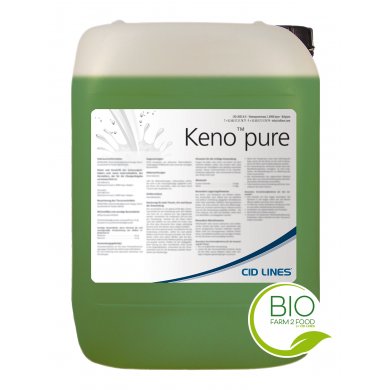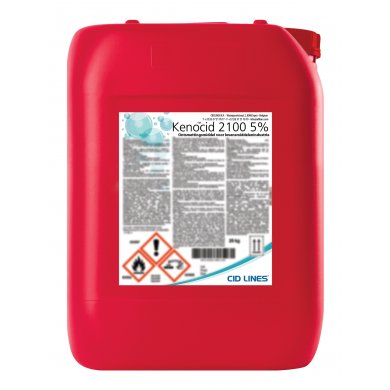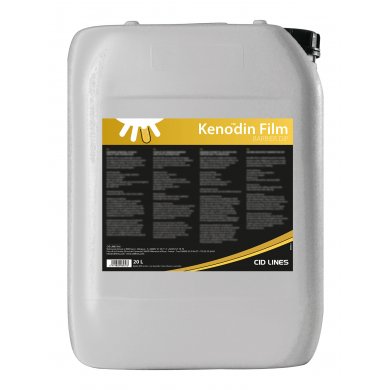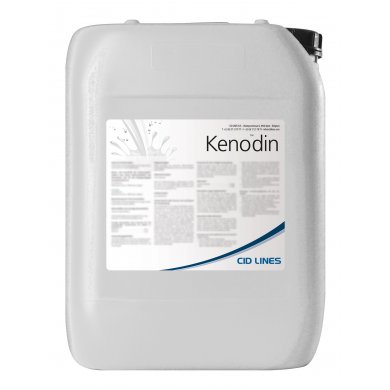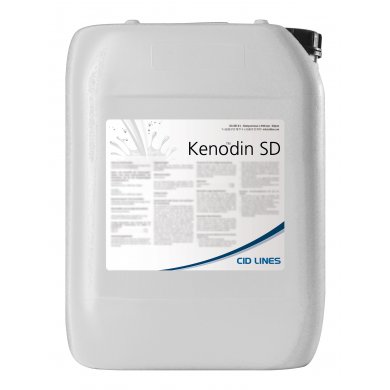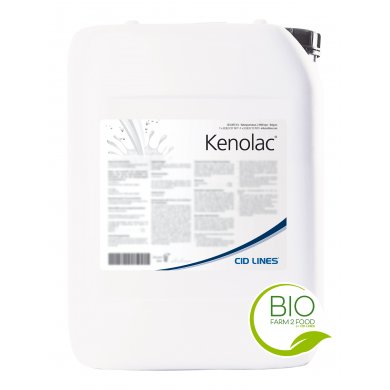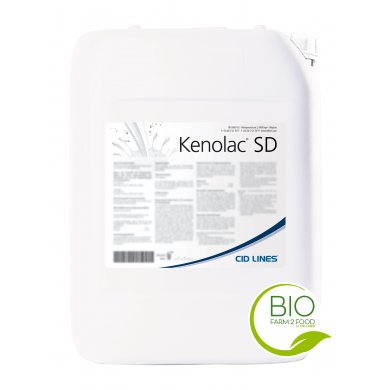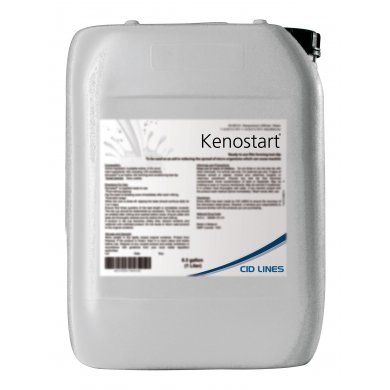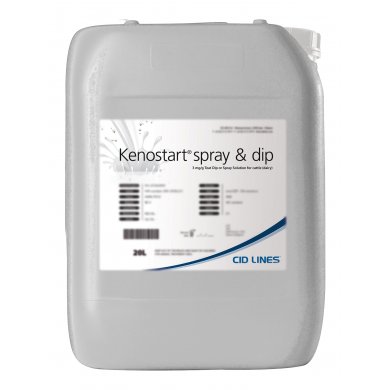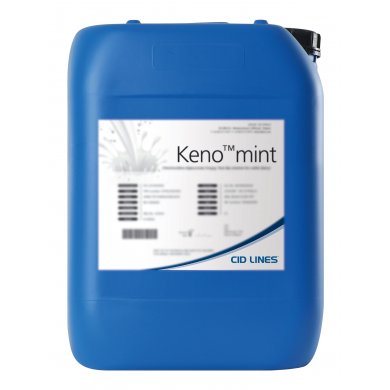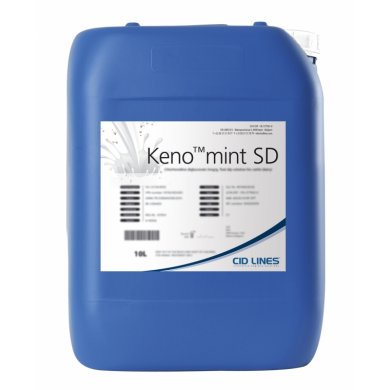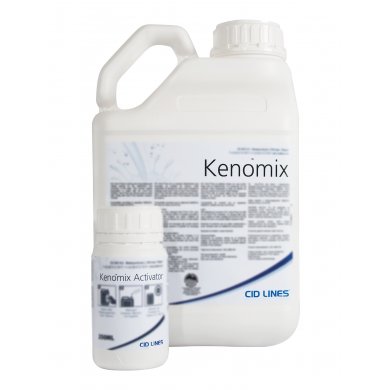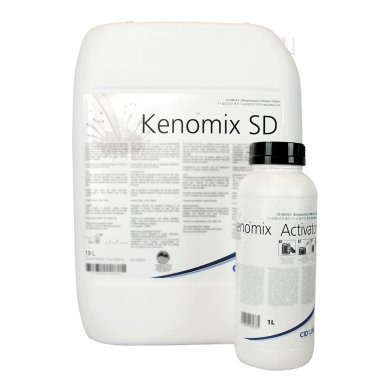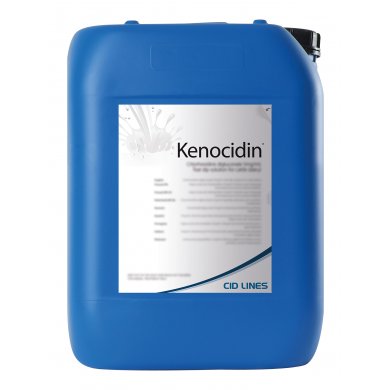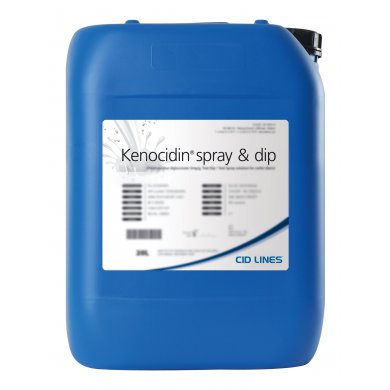Mastitis
You can trust CID LINES, An Ecolab Company to give you the tools you need to protect your farm against the negative impacts of Mastitis.
Mastitis is an infectious disease causing an inflammatory reaction in the mammary gland of the cow. It is the most common disease in dairy cattle characterized by various degrees of severity – ranging from a mild disease with no gross changes but an increase in inflammatory cells in the milk, to a moderate disease with an increase in inflammatory cells and gross changes in the milk.
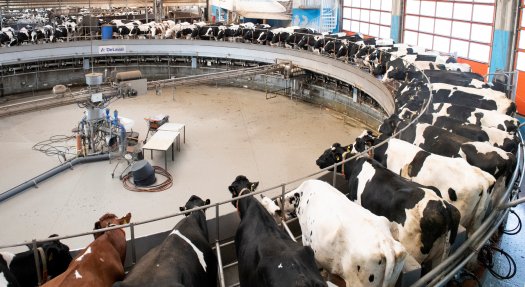
THE COST OF MASTITIS
Mastitis is of great economic importance to milk producers, with both direct and indirect costs as a consequence. The economic loss from one single case of clinical mastitis ranges from 200-300 US dollars. In addition, Mastitis adversely affects reproductive performance of dairy cows and on average, it takes 40 days longer to get cows pregnant that have had a case of mastitis compared to herd mates that have not had a case of mastitis. Treatment of clinical cases of mastitis not only cost the producer in increased labor and treatment costs, and in milk discard, it also increases the risk of antibiotic residue in the bulk tank.
YES, PREVENTION WORKS
Mastitis is caused by contagious and environmental factors, and although good housing hygiene helps to keep pathogens away, a rigorous teat hygiene routine during milking times acts as a final barrier to infection by mastitis – causing bacteria.
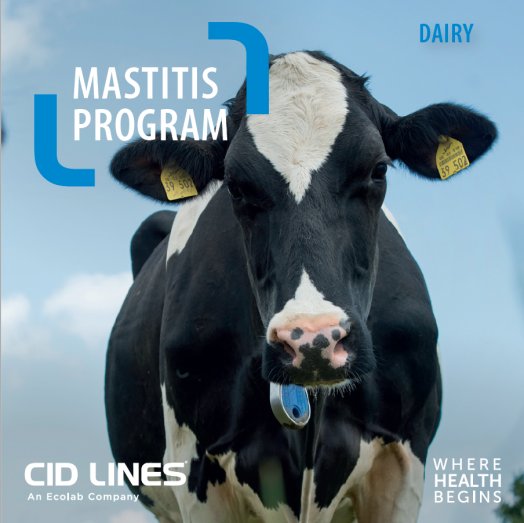
THERE ARE TWO TYPES OF MASTITIS
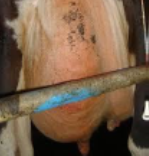 Clinical mastitis (ENVIRONMENTAL MODEL)
Clinical mastitis (ENVIRONMENTAL MODEL)
Clinical mastitis is an inflammatory response to infection causing visibly abnormal milk (changes in color, clots). Changes in the udder (swelling, heat, pain, redness) may also be apparent. Clinical cases that include local signs only are referred to as mild or moderate. If the inflammatory response includes systemic involvement (fever, anorexia, shock), the case is termed severe.
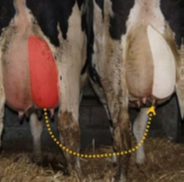 Subclinical mastitis (CONTAGIOUS MODEL)
Subclinical mastitis (CONTAGIOUS MODEL)
Mastitis can exist in the absence of visible signs of infection, and is then referred to as subclinical mastitis. Subclinical mastitis is the most prevalent form of mastitis. Detection is best done by examination of milk for somatic cell counts using either the California Mastitis Test or automated methods provided by dairy herd improvement organizations. Somatic cell counts are positively correlated with the presence of infection. The higher the somatic cell count in a herd bulk tank, the higher the prevalence of infection in the herd. Reduced milk production constitutes the major cost component of the total economic loss caused by subclinical mastitis and it can be very expensive!
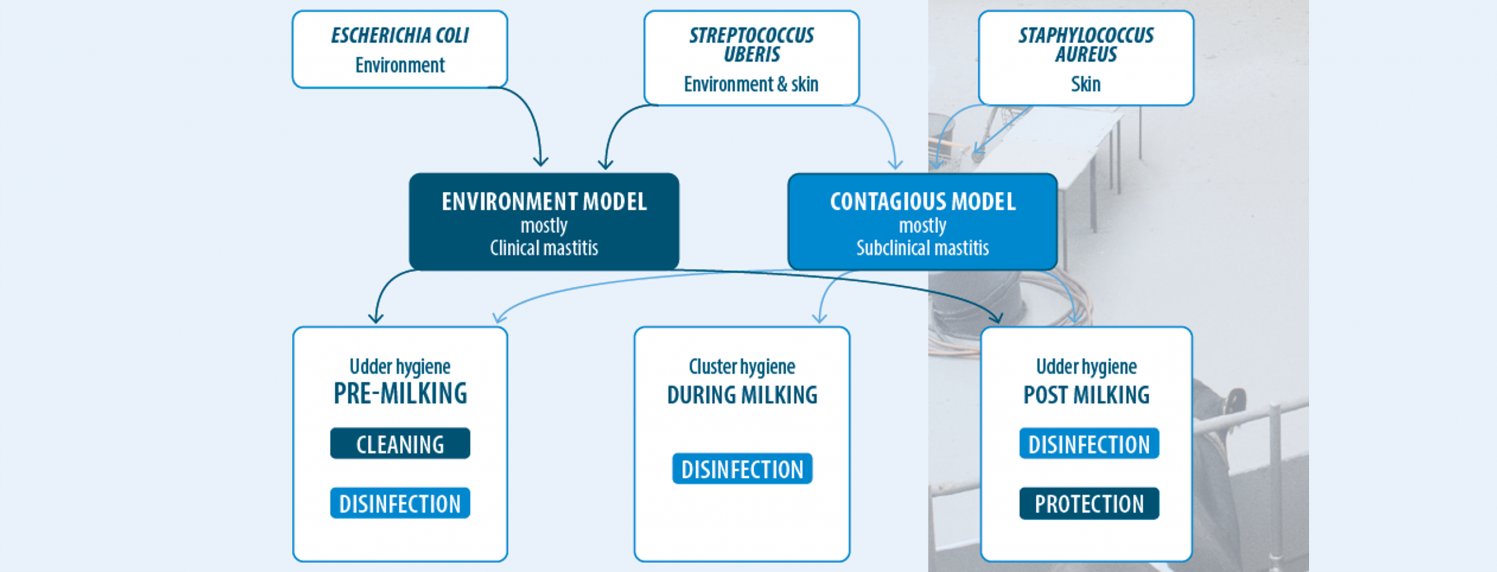
HOW TO PREVENT MASTITIS
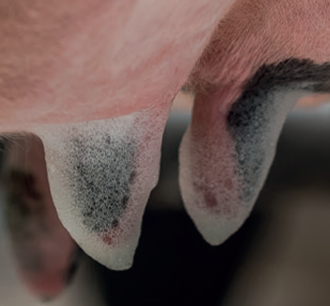 Pre-milking
Pre-milking
Not only good teat preparation helps to prevent mastitis infection, it can actually have a positive effect on milk yields and quality. The pre-milking cleaning process can help stimulate milk flow and increase the milk let-down reflex, with an additional benefit seen when units are applied 60-90 seconds after the teats are first touched. Pre-milking teat disinfection also helps improve the storage quality and the flavor of the milk by reducing the number of thermoduric bacteria which are resistant to pasteurization.
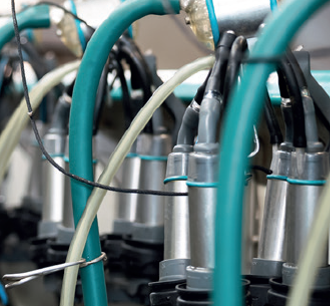 Milking
Milking
In order to reduce cross-contamination between dairy cows during milking, disinfecting the clusters between each cow is a top priority. Ideally this practice should be extended to the whole herd. If that is not possible, it should be done at least for cows with mastitis, cows with high somatic cell counts and freshly calved cows.
 Post milking
Post milking
The most effective action against germs is disinfecting teats before and after milking, together disinfecting clusters between each cow to prevent Cross-contamination. When the skin condition is under challenge, high emollient formulations, combined with a gentle disinfectant for the skin are highly recommended. You have the power to resist and prevent African Swine Fever. CID LINES, An Ecolab Company is by your side with products, solutions and best practices.


